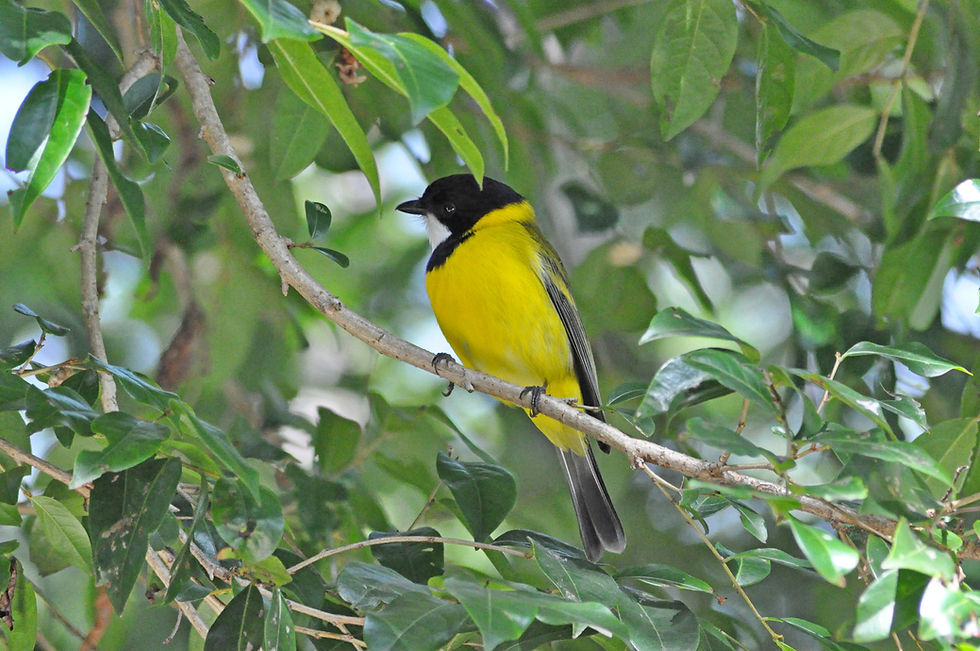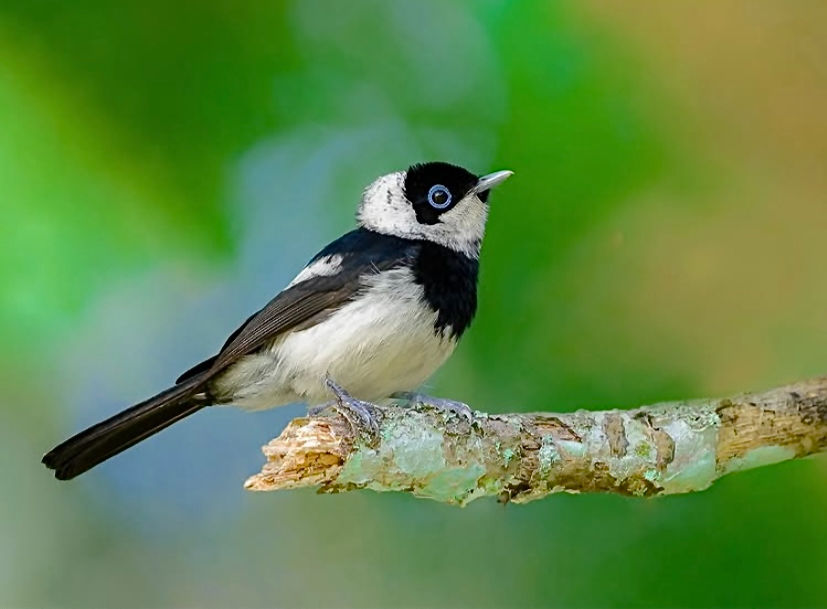Hasties Swamp Monthly bird survey: September 2025
- Lesley Deacon

- Oct 1
- 3 min read
Lesley Deacon | Guest Contributor
Our first spring outing for the year presented us with a dreary overcast morning. The water was perfectly still and reflective and the grey skies with their background of glare gave bird silhouettes rather than distinct viewings. We had a good birding morning though with a total of 66 species identified. A couple of our regular birders were missing, but there were five visitors from Cairns and the Tablelands and so altogether we had 14 sets of binoculars. To have so many sets of eyes can be a good thing, but it can also make movement in the hide and communication somewhat challenging.
We had passed a huge mob of Magpie Geese in the freshly harvested corn as we travelled into Atherton. There would have been over a thousand birds on the ground and hundreds in the air. Hence our very low count of 12 Geese at the swamp. Some birds were returning to roost when the count concluded, but there were still a lot of Magpie Geese in the fields on our way home.
Most of the usual waterbirds for this time of year were present, but numbers were low. The Nankeen Night Heron have again taken up residence in the trees either side of the hide during the day. Some Royal Spoonbill flew from one end of the lagoon to the other between feeding in small groups with their sweeping bill movements. There must currently be large amounts of fish and crustaceans in the water. The one Little Pied Cormorant entertained us by surfacing from its dive with a yabby so big that we were unsure how it was going to eat it. But after considerable maneuvering, it was quite easily swallowed.

We could not find one Plumed Whistling-Duck and it took the use of a scope to see just two Wandering Whistling-Duck. The numbers of Hardhead and Pacific Black Duck have increased to compensate, but not in numbers akin the winter crowds of Whistling-Duck.
Australasian Grebe with their white fluffy round bottoms were bobbing up everywhere with their rattling trill and sudden fast darting swims, trying to sort out their territories. There were another 20 or so not included in the survey at the northern end of the swamp.
The Grebe highlight though was a Great Crested Grebe quietly swimming in the middle of the lagoon, its white neck and chest drawing our attention as it quietly glided alone.

A few small flocks of Topkot Pigeons flew over in their pursuit of fruiting palms and figs. They are a sure sign the spring flowering and fruiting has begun.

Despite being unable to see what was flowering in the upper canopy, we could hear many groups of noisy Rainbow Lorikeet, and some Scaly-breasted Lorikeet, alternatively squabbling and resting high up in the branches. The usual Honeyeater suspects were present, but the aggressive Lewin’s Honeyeater predominated with many individuals chasing and diving through the tree canopy in early breeding behaviour.

The Golden Whistler pair can easily be found on the walk down the road while looking for the bush birds. The melodious clear whistling notes and their deliberate hopping movements along branches usually give them away. The brilliant yellow of the male jumped out on such a dull day. This time though there was a third Whistler in drab grey plumage but without any yellow undertint or yellow vent area. It was identified as the uncommonly seen Grey Whistler.

Having missed the last survey, I was shocked to see the change in habitat in the adjoining property. Although their property does extend right to the edge of the road, it would have been better for wildlife protection to have maintained the undergrowth between their fence and the road. However, there does not yet seem to be much difference to the numbers of small birds that usually forage in and around this undergrowth, so maybe the vegetation in the National Park will be sufficient for present populations. Four White-cheeked Honeyeater were seen. These surely include the recent pair we have been following, and their offspring.
We had no trouble reaching our biscuit species quota today. Another new addition to activities was the inclusion of a BYO chair and morning tea after bird call. We hope this may be a permanent feature to extend birding camaraderie and chat about the exciting finds of the Hasties monthly survey.




